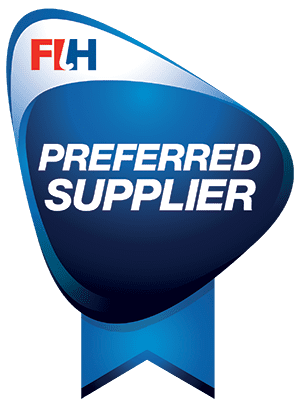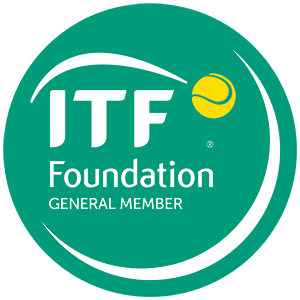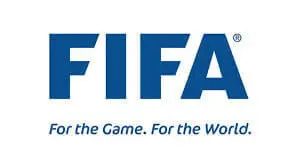
When it comes to getting the best out of athletes, the playing surface matters more than many realise. From football pitches to hockey fields and multi-sport courts, artificial turf is becoming the surface of choice for sports facilities across New Zealand—and for good reason.
At TigerTurf NZ, we design turf systems that go beyond aesthetics. Our synthetic sports turf is engineered to enhance performance, reduce injury risk, and provide a consistent environment for athletes to train and compete at their best.
If you’re evaluating whether artificial grass can support athletic performance, here’s a breakdown of the key ways it helps—from better movement and agility to long-term safety and reliability.
Natural grass fields can be patchy, uneven, and highly affected by weather. One week it’s lush, the next it’s worn thin or waterlogged. These variations introduce unpredictability, which can affect both play and safety.
Artificial turf, on the other hand, offers a consistent, even surface year-round. That matters because it:
In sports like football, rugby, and hockey—where timing and control are everything—a consistent surface creates the foundation for high-level performance.
Athletes need the ability to accelerate, decelerate, change direction, and pivot—often in a split second. The surface underfoot plays a big role in enabling that kind of movement.
TigerTurf’s synthetic grass is designed with:
This means players can train and play with confidence, knowing their footing will respond the same way every time.
In high-impact sports, repeated stress on joints and bones is a concern. Hard or uneven surfaces can increase the risk of strain or injury. That’s why a key feature of professional-grade synthetic turf is shock absorption.
TigerTurf artificial grass sports systems often include shock pads beneath the surface, offering:
This is particularly important for school grounds, community fields, and clubs where player safety is a top priority.
Natural turf fields are vulnerable to weather. Heavy rain can leave grounds soaked and unplayable for days. Dry spells can turn grass hard and brittle. Inconsistent availability disrupts training and impacts progress.
Artificial grass solves that with:
For athletes, that means more training sessions, more development, and fewer cancellations due to field conditions.
Speed and agility drills are only as good as the surface they’re done on. A sluggish, uneven, or overly hard ground will affect the way players move—and the results they see from their training.
Synthetic sports turf supports:
It’s no surprise that elite clubs and schools alike are investing in artificial surfaces to support these performance gains.
Unlike natural grass, which quickly wears down with repeated use, synthetic turf maintains its shape and responsiveness even after hundreds of hours of play. That means:
Durability translates into reliability—especially important for facilities with tight schedules and heavy use.
Not all artificial turf is created equal. Different sports have different performance needs, and TigerTurf designs turf systems with those requirements in mind.
For example:
By aligning turf properties with the needs of the sport, we help athletes play harder and safer at every level.
Artificial turf does more than keep a field looking green. It creates an environment where athletes can perform at their best—day in, day out. From improved footing and faster recovery to reduced injury risk and all-weather access, synthetic grass offers real benefits for sports performance.
At TigerTurf NZ, we work closely with schools, councils, and sports organisations to deliver surface solutions that are safe, reliable, and built for high-level play.
Want to explore which turf system is right for your field?
Visit our artificial grass for sports page or contact our team for expert advice on designing a surface that elevates athletic performance and keeps players protected.
Let’s build something better for the athletes of tomorrow.





